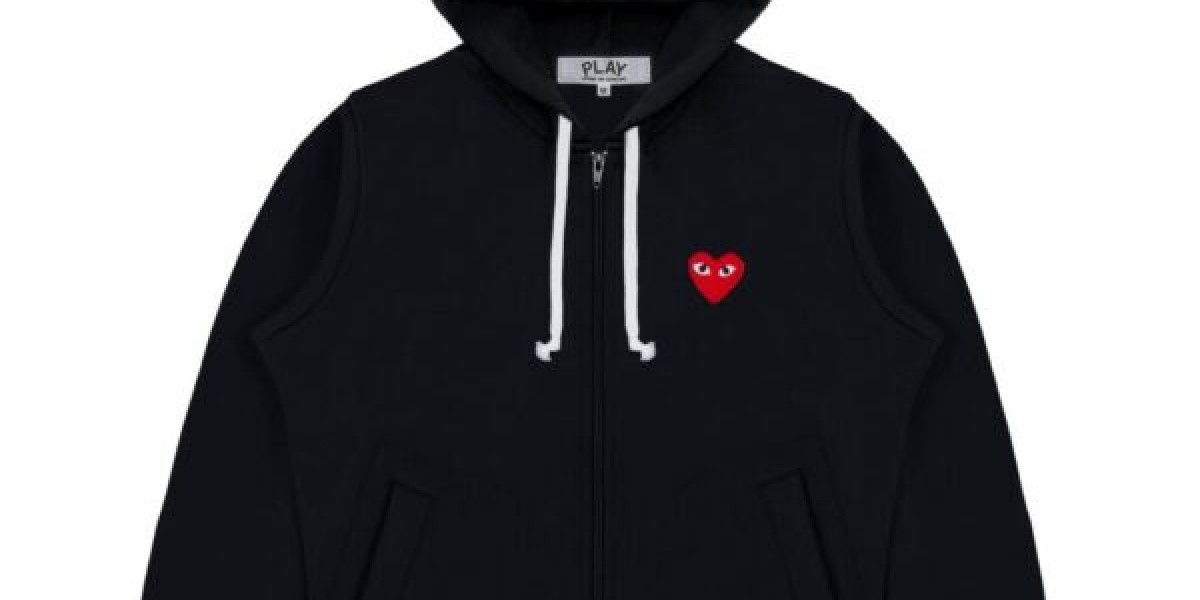Comme Des Garçons is more than just a fashion brand—it is a symbol of creative rebellion and boundary-pushing artistry. Since its founding in 1969 by Japanese designer Rei Kawakubo, the label has stood at the intersection of avant-garde fashion and conceptual art. It is a brand that refuses to conform to Comme Des Garcons trends or traditions, instead creating its own path and challenging the very definition of clothing. Comme Des Garçons is not about fitting in, but about standing out and questioning norms through radical design.
Rei Kawakubo: The Visionary Behind the Brand
At the heart of Comme Des Garçons is Rei Kawakubo, a designer known not only for her innovative garments but also for her unique philosophy. Unlike traditional designers who seek to beautify the human form, Kawakubo’s approach is one of deconstruction and distortion. Her work often explores asymmetry, unfinished edges, and unusual silhouettes, all of which challenge the conventional idea of beauty.
Kawakubo is famously private and rarely gives interviews, yet her work speaks volumes. She believes in "creating something new that didn’t exist before," and this mantra is evident in every collection she presents. Her disregard for fashion’s commercial expectations allows her to produce pieces that exist as wearable art, unbound by seasonal constraints or societal norms.
Challenging Fashion Norms Through Design
From the beginning, Comme Des Garçons positioned itself as an anti-fashion label. When Kawakubo made her Paris debut in 1981, the collection shocked audiences with its all-black palette, distressed fabrics, and oversized shapes. Critics were quick to label the designs as "Hiroshima chic," but Kawakubo’s refusal to adhere to Western aesthetics eventually transformed the industry.
The brand has continued to defy trends ever since, often presenting collections that question form, function, and gender. Kawakubo has blurred the lines between men’s and women’s fashion long before gender neutrality became a mainstream concept. Her designs often feature exaggerated shoulders, hidden faces, bulbous shapes, and intentional imperfections that encourage viewers to question what clothing should look like—and why.
The Influence of Art and Architecture
Comme Des Garçons collections are as much about ideas as they are about garments. Kawakubo often draws inspiration from abstract art, architecture, and philosophical themes. Her 2017 Metropolitan Museum of Art exhibition, "Rei Kawakubo/Comme des Garçons: Art of the In-Between," highlighted this artistic ethos by showcasing pieces that deliberately existed between categories—clothing and sculpture, fashion and statement, male and female.
Each runway show is a performance, an immersive experience that challenges spectators to think deeply about form, emotion, and society. Kawakubo has said she doesn’t design clothes with the idea that people will wear them immediately. Instead, she seeks to provoke, inspire, and ultimately change the conversation around what fashion can be.
Commercial Success Without Compromise
Despite its avant-garde reputation, Comme Des Garçons has also achieved significant commercial success. The brand’s diverse offerings range from high-concept runway pieces to accessible streetwear under diffusion lines like Comme Des Garçons Play. The iconic heart-with-eyes logo, designed by Polish artist Filip Pagowski, has become a symbol of cool and casual luxury across the globe.
Collaborations with brands such as Nike, Supreme, and Converse have further cemented Comme Des Garçons’ place in the pop culture zeitgeist. These partnerships are often unconventional, staying true to the brand’s spirit while reaching wider audiences. Kawakubo has managed to maintain her artistic integrity while expanding the brand’s reach—a rare feat in the fashion world.
A Legacy of Innovation
Comme Des Garçons continues to be one of the most innovative and influential brands in the fashion industry. Its impact can be felt in the work of many contemporary designers who embrace experimentation and conceptual design. Kawakubo’s legacy lies not just in her garments, but in the freedom she has granted others to explore and express their own visions.
What sets Comme Des Garçons apart is its unwavering commitment to originality. In a world where fashion is often driven by marketability and social media appeal, the brand Comme Des Garcons Long Sleeve remains fiercely independent. It reminds us that fashion can be intellectual, emotional, and provocative—a medium of expression that goes far beyond trends and commerce.
Conclusion
Comme Des Garçons is not simply a fashion house; it is an institution of creative disruption. Through the fearless vision of Rei Kawakubo, the brand has redefined the possibilities of design and continues to inspire both the fashion world and the broader cultural landscape. Its work is a testament to the power of innovation and the beauty of challenging the norm. In every thread and silhouette, Comme Des Garçons tells a story not just about clothes, but about the freedom to create without limits.







